Embarking on the journey to draw a penguin opens up a delightful world of artistic exploration, inviting you to capture the charming essence of one of the most beloved birds from the coldest parts of our planet. Penguins, with their distinctive tuxedo-like appearance and waddling walk, offer a fun and accessible subject for artists of all levels. This guide will walk you through a step-by-step process, seamlessly integrating essential keywords to enhance your penguin drawing skills and ensure your artwork embodies the adorable character of these flightless birds.
Table of Contents
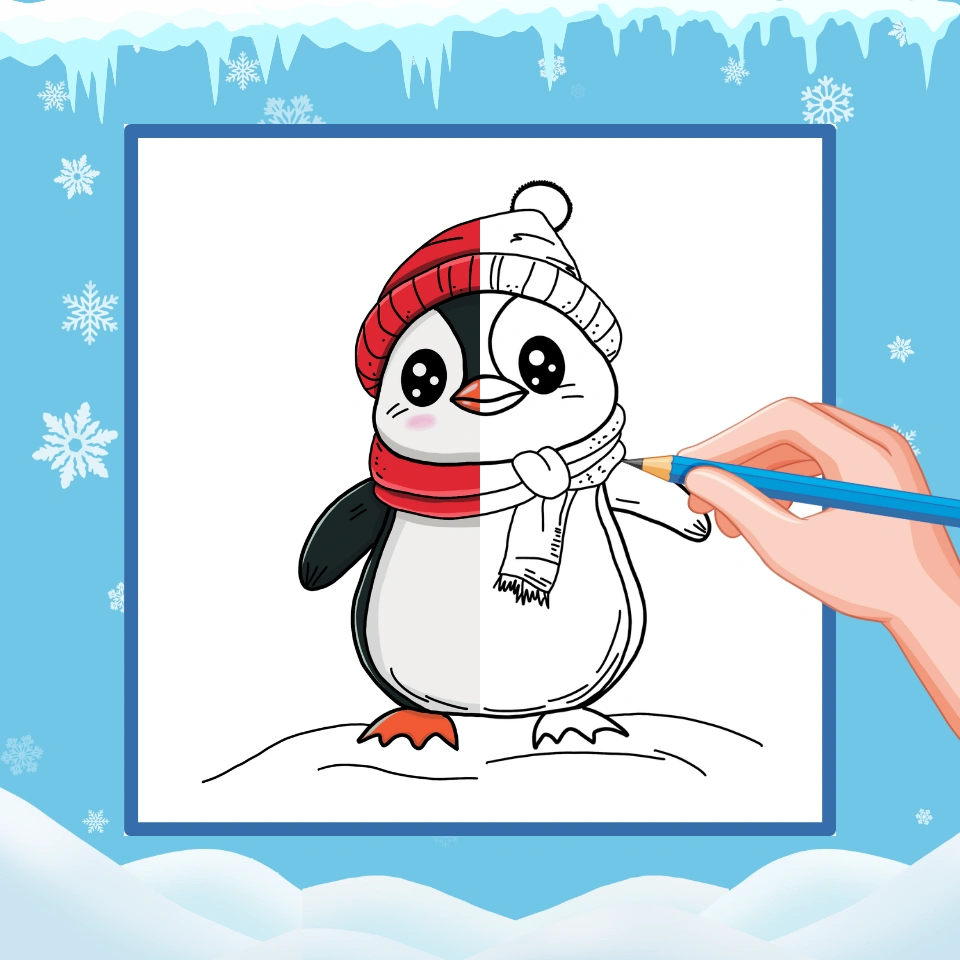
Understanding Penguins
Before you start sketching, it’s helpful to understand the key features of penguins. Notable for their black and white plumage, stout bodies, and flippers for arms, penguins are uniquely adapted to their icy environments. Observing photos or documentaries can provide valuable insights into their posture, behavior, and anatomy.
Step-by-Step Guide to Drawing a Penguin
Step 1: Sketch the Basic Shapes
Start with Simple Forms: Begin by drawing an oval for the body and a smaller circle for the head, creating the basic outline of your penguin. This helps establish the proportions and posture of your subject.
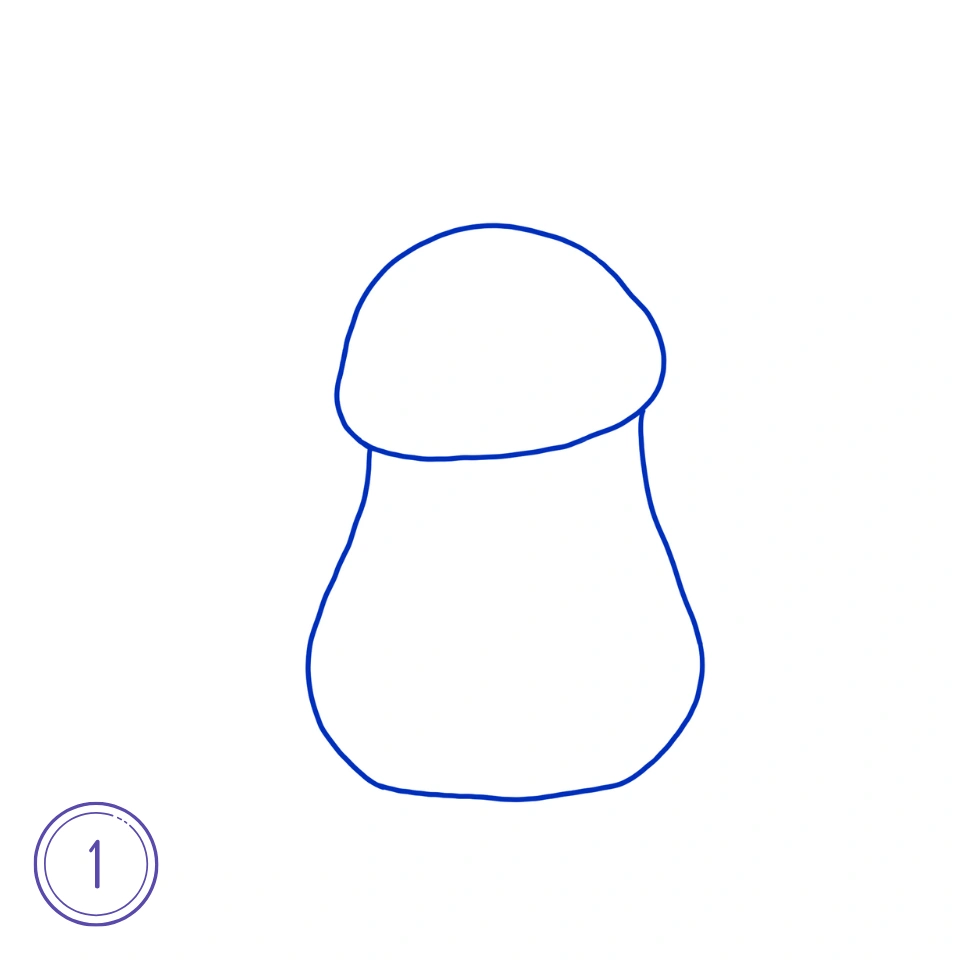
Step 2: Add the Head Details
Shape the Face: Penguins have expressive faces with large eyes and a short, pointed beak. Add these features, ensuring the eyes are prominent and the beak is correctly shaped to reflect the species you’re drawing, like an emperor penguin or a smaller variety.
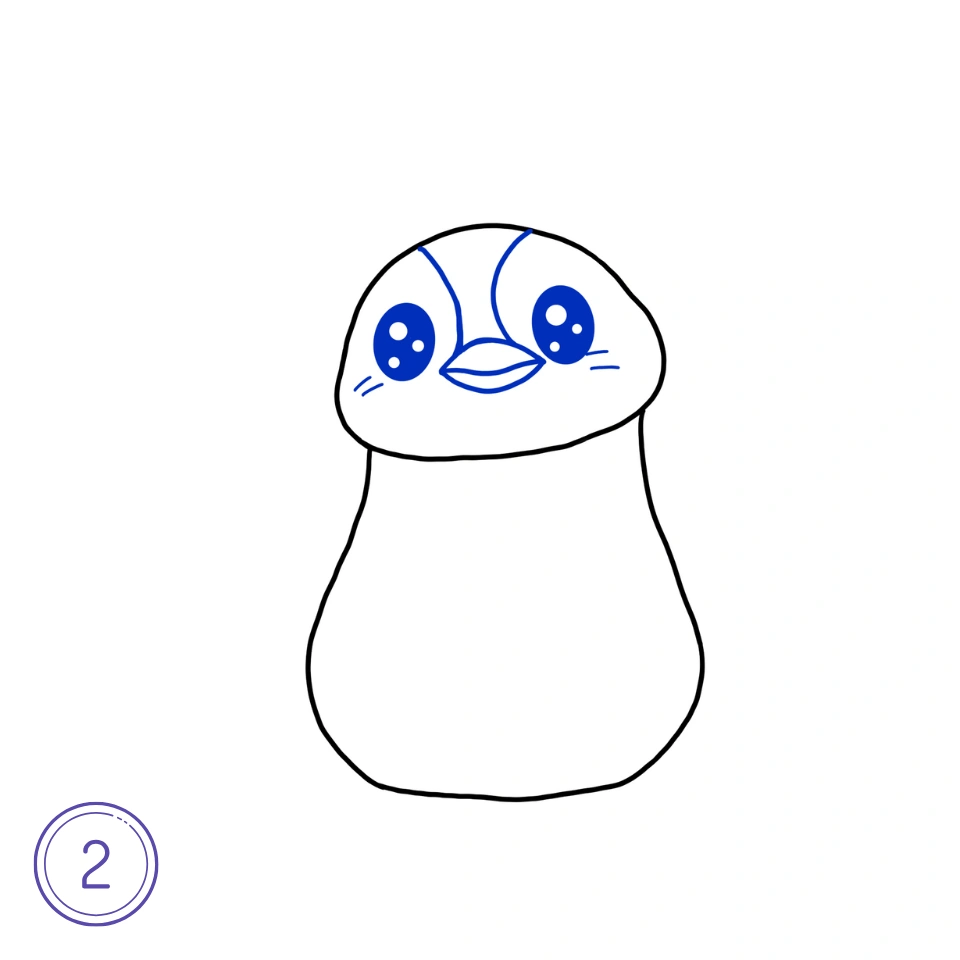
Step 3: Illustrate the Body and Flippers
Draw the Flippers and Feet: Sketch the flippers at the sides of the body, keeping them narrow and slightly elongated. Add the feet at the bottom of the oval, small and webbed, to capture the penguin’s aquatic nature.
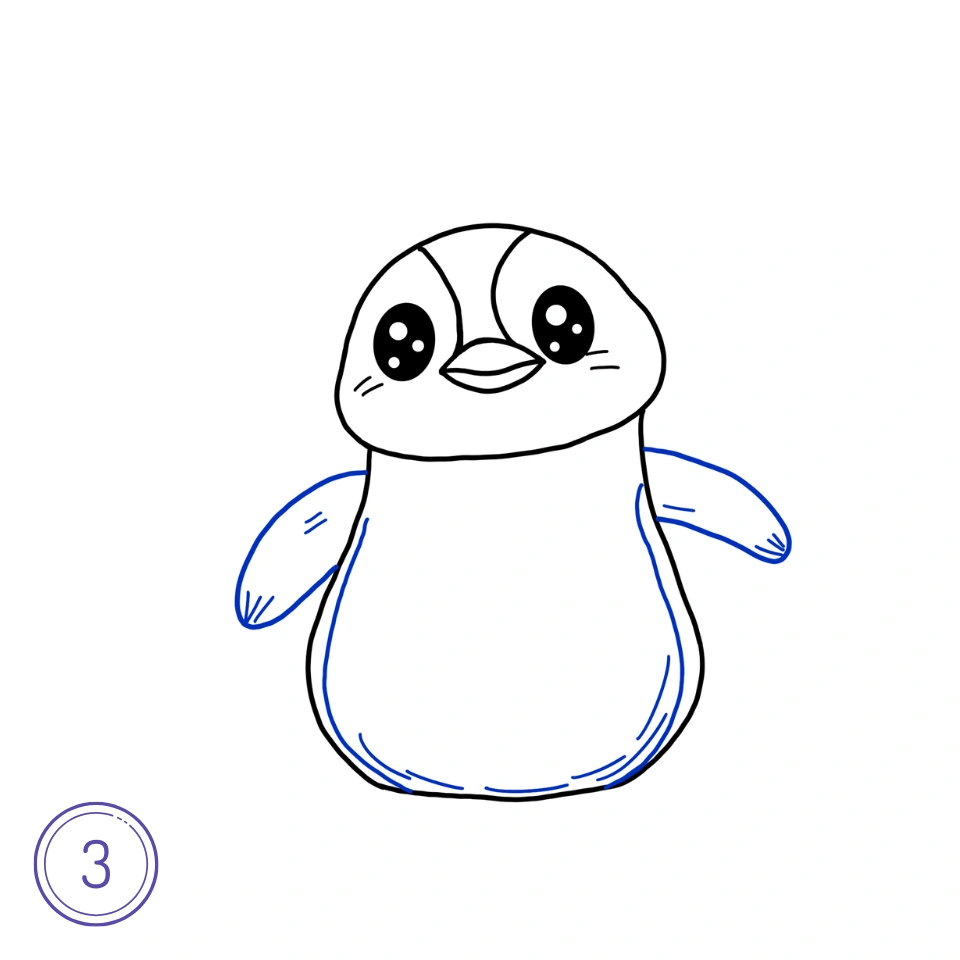
Step 4: Refine the Drawing
Add Texture and Details: Now, refine your sketch by adding the distinctive black and white plumage. Penguins have a white belly and a darker back, which can be defined with gentle shading or clear lines. Don’t forget the subtle details like feather texture and any unique markings specific to the penguin species you’re drawing.
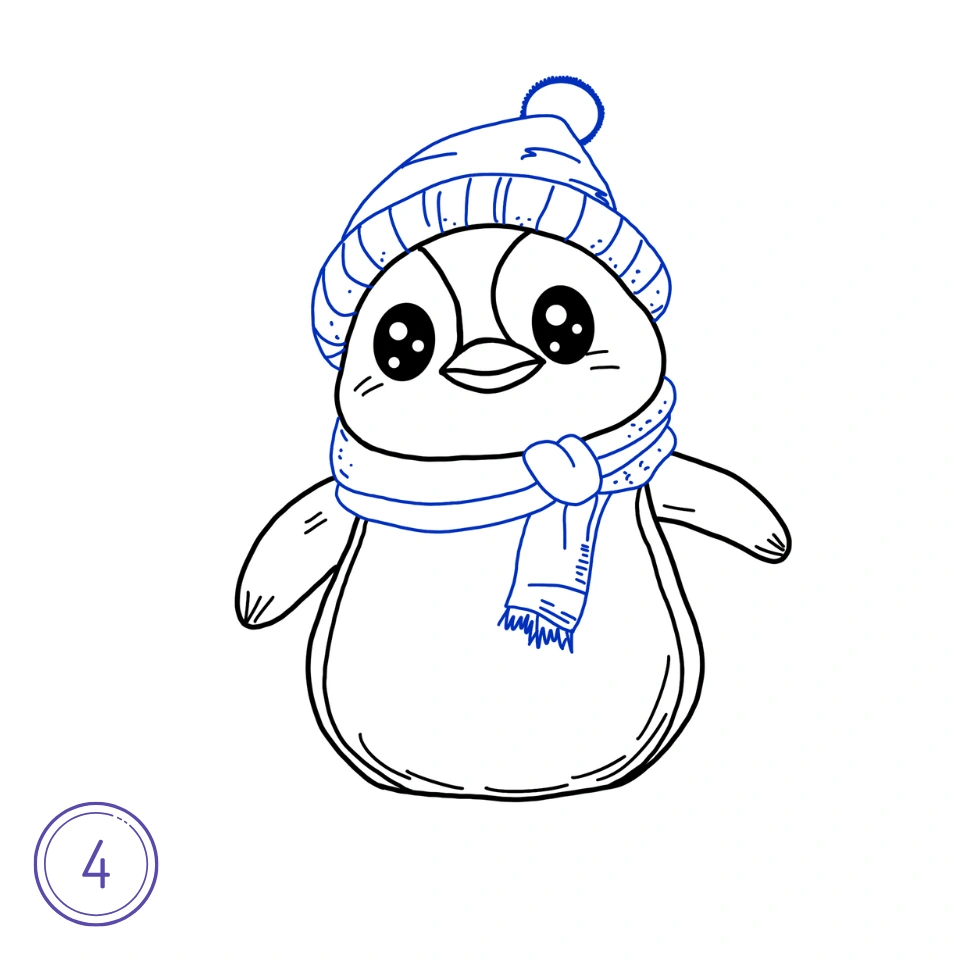
Step 5: Final Touches
Shading and Coloring: Apply shading to give your penguin drawing depth, emphasizing the roundness of the body and the softness of the feathers. While penguins are primarily black and white, adding subtle blues or greys can enhance the realism and depth of your drawing.
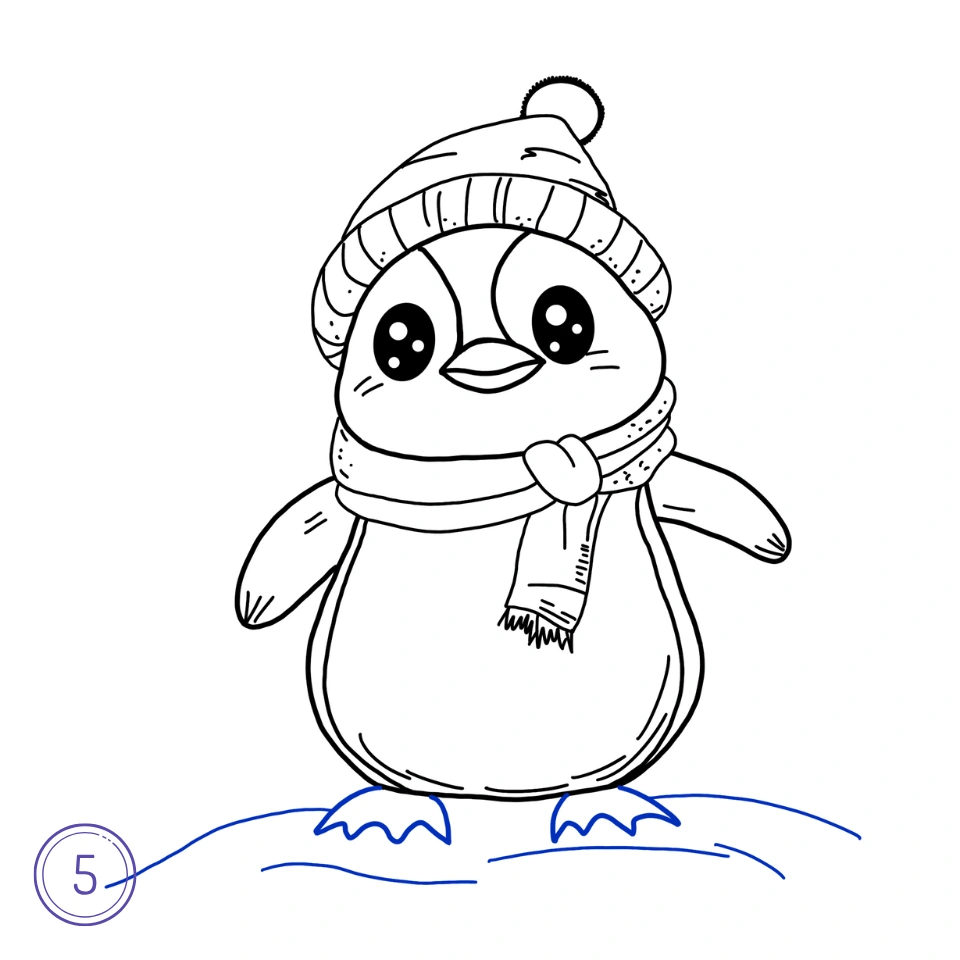
Step 6: Color a Penguin
Color the penguin using black for the head, back, and flippers, leaving the belly white for its classic tuxedo look. Add a touch of orange or yellow for the beak and a small spot on the chest if it’s a specific species like an emperor penguin. Use soft shades of blue or gray to add subtle shadows and depth, giving the penguin a more realistic appearance.
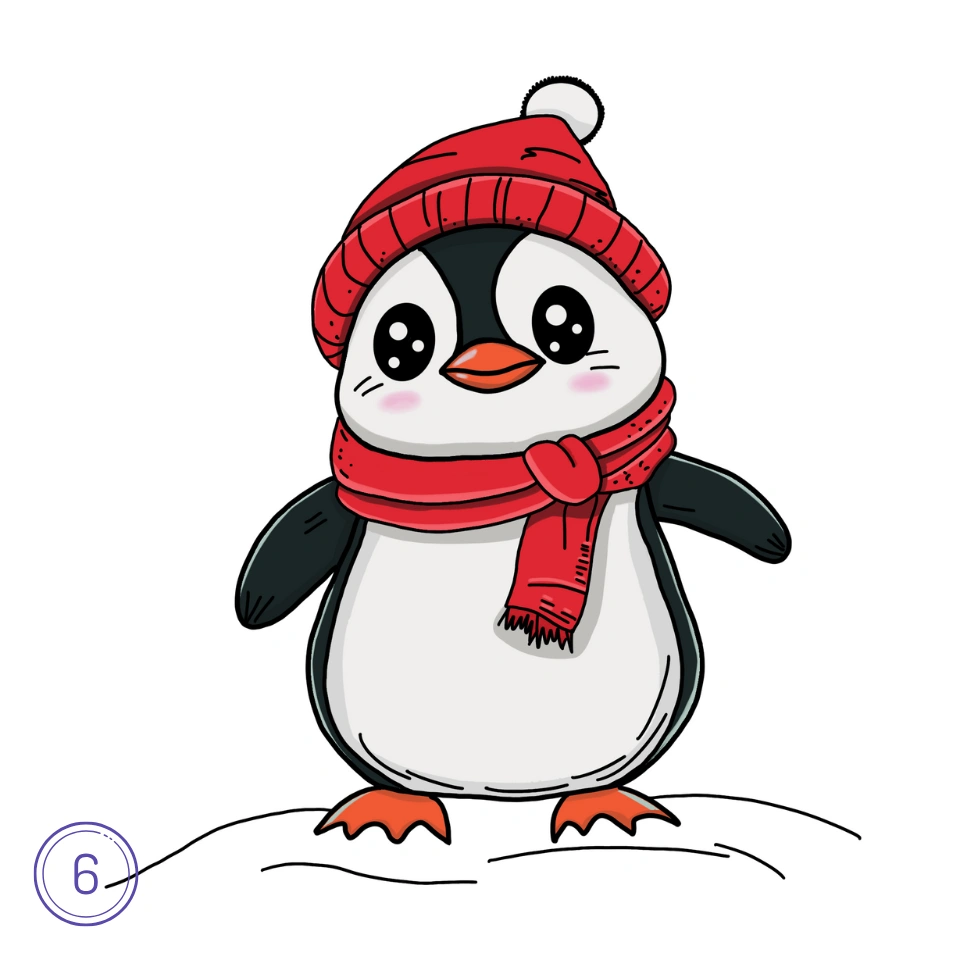
Step 7: Add a Background
Add a background to place your penguin in its natural icy habitat. Draw elements like snow, icebergs, or a frozen ocean with gentle waves to create a cold, Antarctic scene. Keep the details subtle and soft, ensuring the penguin remains the main focus of your drawing.
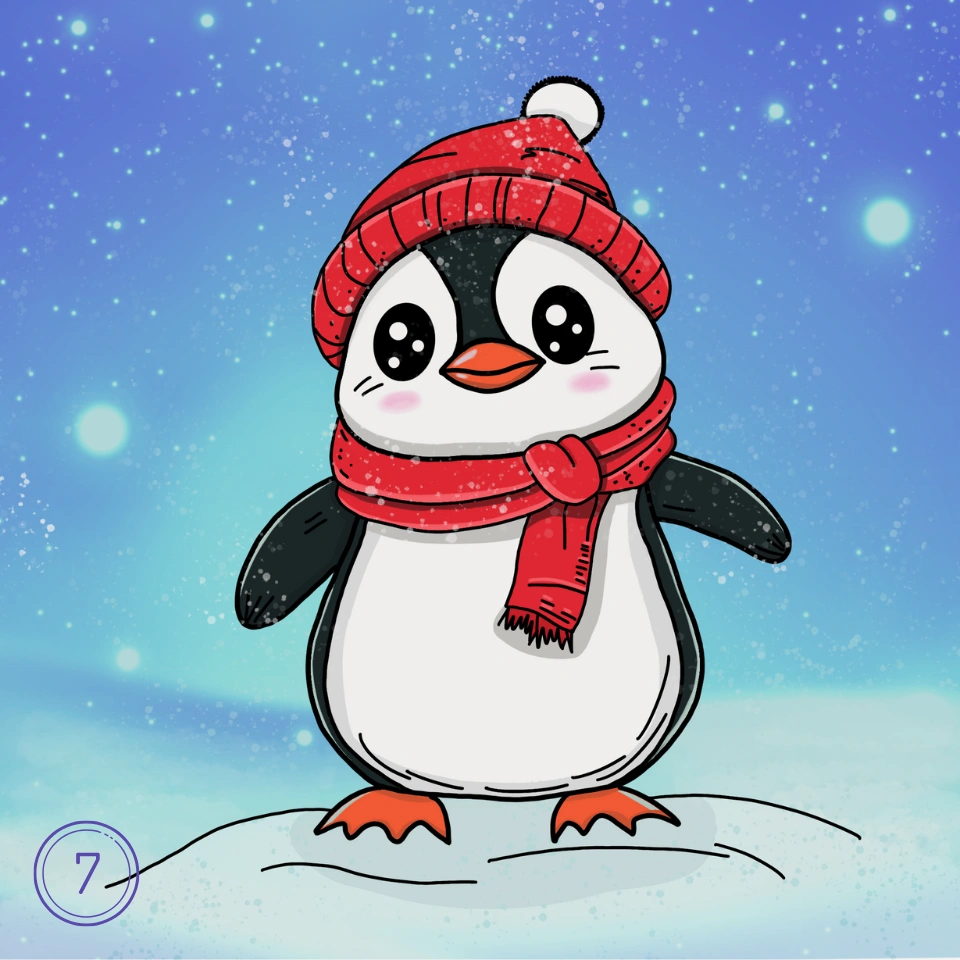
Tips for a Successful Penguin Drawing
- Use References: Having a reference image can significantly improve the accuracy of your drawing, especially when capturing the nuances of different penguin species.
- Practice Various Poses: Experiment with drawing penguins in different poses, such as standing, waddling, or sliding, to fully capture their playful nature.
- Explore Mediums: Whether you prefer pencil, charcoal, or watercolors, trying out different mediums can help you discover the best way to convey the texture of the penguin’s plumage and the icy landscapes they inhabit.
Conclusion about How to Draw a Penguin
Drawing a penguin can be an enjoyable and rewarding experience, offering an opportunity to engage with the endearing qualities of these Antarctic birds. By following these steps and keeping the provided tips in mind, you’ll be able to create penguin drawings that are not only accurate but also full of character. Whether you’re drawing for fun, education, or to expand your artistic portfolio, remember that practice, observation, and creativity are key to mastering how to draw a penguin.
